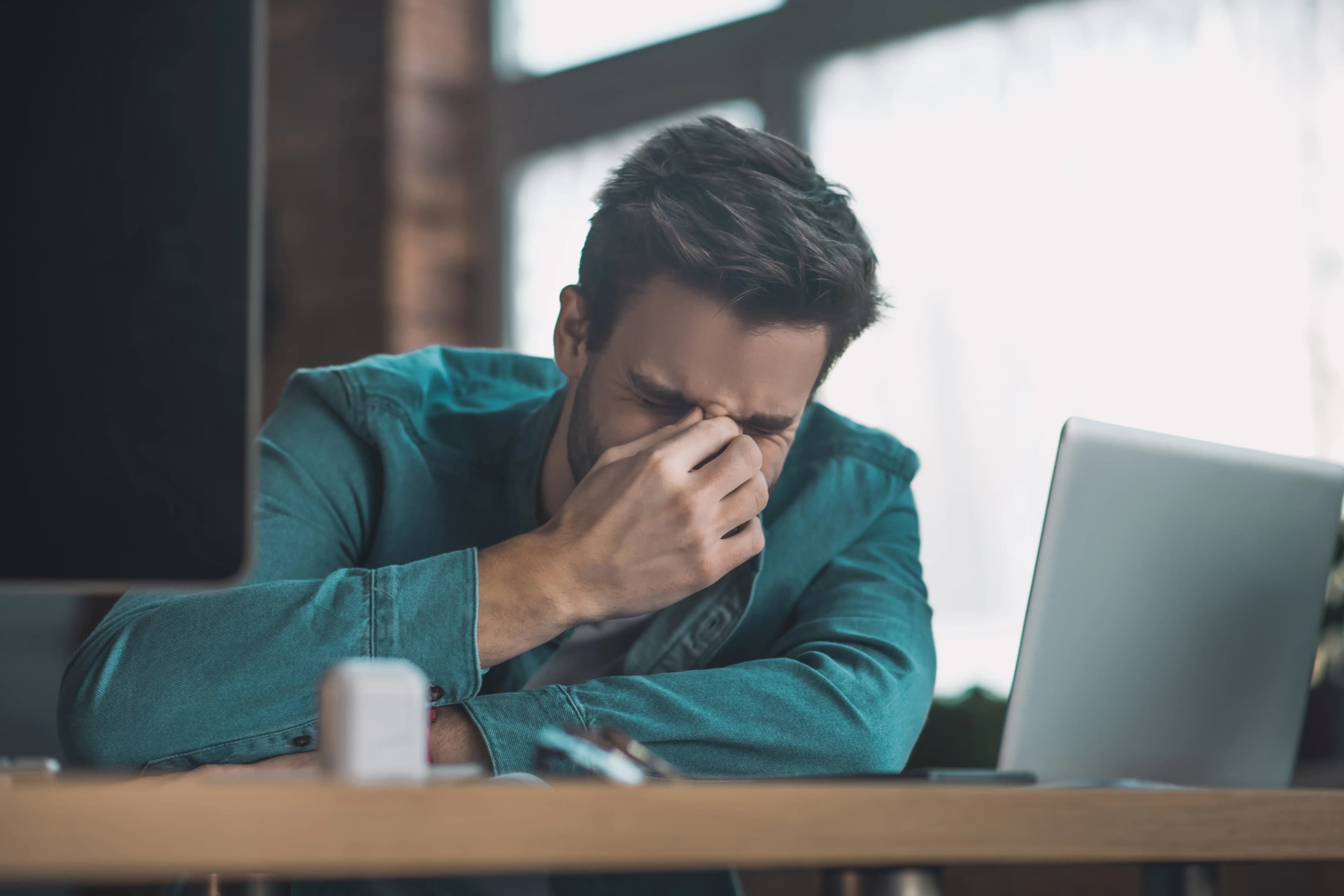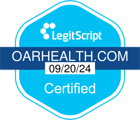Identify Your Alcohol Withdrawal Phase

In This Article
Alcohol withdrawal is a set of symptoms that may unfold when someone who has become dependent on alcohol suddenly stops or drastically reduces their intake.
The process often follows a distinct timeline, which can help you identify what phase you’re in and when you may need professional assistance. Many people experience fear or uncertainty during withdrawal, especially if they’ve heard about serious complications like seizures.
It’s common to feel worried, but recognizing your place in the alcohol withdrawal timeline—and having a plan for each phase—can significantly increase your safety and comfort.
Below, you’ll learn how to spot the signs of each stage, what immediate steps to take, and when to seek medical intervention.
Phase 1: Early Withdrawal (6–24 Hours)
Am I In This Phase?
Early withdrawal typically begins six to 24 hours after your last drink. If you’ve recently stopped or drastically cut back on alcohol, you might already be in the initial part of the timeline for alcohol withdrawal. People in this phase often notice that they feel a bit “off” and may have trouble sleeping or focusing.
Symptoms To Check
- Mild tremors or shaky hands
- Low mood or irritability
- Sweating or feeling clammy
- Headaches or nausea
- Increased anxiety or restlessness
These mild alcohol withdrawal symptoms often appear as your body reacts to the absence of alcohol. Many describe it as feeling like an intense hangover.
Self-Assessment Questions
- Have I stopped drinking within the last 24 hours?
- Am I experiencing unusual jitters or irritability?
- Do I notice more sweating or restlessness than usual?
What To Do Now?
- Stay hydrated.
- Reach out.
- Monitor symptoms.
Red Flags (Seek Help Immediately)
- Escalating blood pressure or rapid heart rate
- Uncontrollable shaking
- Suicidal thoughts
If these occur, consult a healthcare professional without delay. Although many individuals manage mild withdrawal phases at home, these warning signs could point to a more severe withdrawal on the horizon.
Phase 2: Acute Withdrawal (24–72 Hours—High Risk)
Am I In This Phase?
Acute withdrawal generally occurs one to three days after your last drink. This is often the most intense and high-risk period of the timeline of alcohol withdrawal symptoms. If you’ve noticed that your initial jitters have grown worse, or if you’ve begun experiencing more severe reactions, you may be entering this phase.
Symptoms To Check
- Elevated heart rate and blood pressure
- Significant confusion or disorientation
- Severe tremors that make small tasks difficult
- Hallucinations (visual, auditory, or tactile)
- Heightened anxiety or panic episodes
In some cases, seizures can occur during the severe alcohol withdrawal timeline. These seizures usually strike within 24–48 hours after stopping alcohol but can occur up to 72 hours afterward.
Self-Assessment Questions
- Am I struggling to differentiate between reality and my fears (possible hallucinations)?
- Is it becoming challenging to manage everyday tasks due to tremors or anxiety?
- Have I experienced any brief loss of consciousness or seizure-like activity?
What To Do Now?
- Seek medical attention.
- Check your vital signs.
- Enlist support.
Phase 3: Subacute Withdrawal (3–7 Days)
Am I In This Phase?
Subacute withdrawal emerges once the high-risk period (24–72 hours) passes. By now, some of the most intense physical symptoms may have subsided, though it’s common to still feel “on edge” or fatigued. If you’ve crossed the three-day mark and aren’t experiencing severe complications, you may be in this stage.
Symptoms To Check
- Continued insomnia or disturbed sleep
- Lingering anxiety or low mood
- Reduced energy or persistent fatigue
- Episodes of heightened cravings for alcohol
These can feel discouraging, but many find solace in recognizing that they’ve made it through the most dangerous part of the alcohol withdrawal syndrome timeline.
Self-Assessment Questions
- Am I still struggling with poor sleep and irregular appetite?
- Do I notice occasional waves of anxiety or depression?
- Is my alcohol craving returning, making me consider relapsing?
What To Do Now?
- Build a relapse prevention plan.
- Experiment with healthier habits.
- Explore
Relapse Prevention Tip
To stay mindful of potential relapse, track your moods and triggers in a journal. This creates greater self-awareness, helping you address challenges before they spiral. It’s also common to lean on phone apps that track your sober days, reminding you how far you’ve come.
Phase 4: Post-Acute Withdrawal (PAWS—Weeks to Months)
Am I In This Phase?
Post-acute withdrawal syndrome (PAWS) can last from a few weeks to several months after quitting alcohol. Many people experience fluctuations in mood, energy, and sleep long after the initial phases have passed.
Symptoms To Check
- Mood swings (irritability, depression, anxiety)
- Trouble concentrating or short-term memory lapses
- Sleep disturbances, nightmares, or vivid dreams
- Sensitivity to stress and emotional triggers
Self-Assessment Questions
- Am I feeling sudden mood shifts or strong emotional reactions?
- Do I struggle with
- Is sleep still unpredictable, even though the worst withdrawal symptoms have ended?
What To Do Now?
- Continue medical support.
- Maintain therapy and group support.
- Lifestyle enhancements.
Progress Tracking
Use a daily checklist to monitor emotional well-being, cravings, and physical health. This tool helps you spot patterns and celebrate incremental improvements. Recovery is a journey of small steps, and each step forward is worth acknowledging.
Toolkit: Resources For Every Phase
- Phase Identifier Flowchart
- Emergency Contact List Template
- Symptom Tracker
When To Seek Medical Help Immediately
- Seizures or severe hallucinations
- Suicidal thoughts or self-harm urges
- Confusion, disorientation, or loss of consciousness
- Irregular heartbeat or chest pain
If any of these occur, call 911 (or your country’s emergency service) or visit the nearest emergency room. Seeking help can be life-saving, and there is no shame in asking for professional support.
Alcohol Withdrawal FAQs
What Is The Timeline For Withdrawal?
The withdrawal timeline typically begins within six hours of your last drink and can last from a few days to several months. It usually follows distinct stages:
- Early Withdrawal (6–24 hours)
- Acute Withdrawal (24–72 hours)
- Subacute Withdrawal (3–7 days)
- Post-Acute Withdrawal (weeks to months).
What Is The Cycle Of Withdrawal?
Alcohol withdrawal often cycles through manageable symptoms at the start, followed by heightened risks of seizures or delirium. Then it tapers into lingering psychological symptoms like anxiety or depression during later stages.
What Are The Stages Of Detoxing?
Detox commonly moves in four stages:
- Early withdrawal
- Acute withdrawal
- Subacute withdrawal
- Post-acute withdrawal (PAWS)
Each stage requires different strategies, from hydration and medical assistance to long-term therapies and coping tools.
What Happens If An Addict Stops Drinking Alcohol Suddenly?
Suddenly stopping can lead to symptoms like tremors, anxiety, seizures, and delirium, depending on the person’s history and drinking patterns. Medical guidance is often recommended.
How Bad Is Alcohol Withdrawal?
Severity varies. Some people experience mild alcohol withdrawal symptoms, such as insomnia or shaking, while others face life-threatening complications like severe hallucinations or seizures. Early evaluation and professional care increase safety.
What Drugs Are Used For Alcohol Withdrawal?
Common medications include benzodiazepines to stabilize vital signs and reduce seizure risk. Other options, like naltrexone, disulfiram, and acamprosate, help reduce cravings and support long-term recovery.
Recovery from alcohol dependence is not a one-time event but an ongoing journey of healing. By understanding the alcohol withdrawal timeline day by day, you can identify your current stage and take action—whether that’s reaching out to a trusted friend, seeking medical support, or engaging with therapy. It’s common to feel overwhelmed, but remember that many people experience these challenges and successfully navigate them with the right combination of medical interventions, peer support, and lifestyle changes. If you’re ready to take the next step, know that hope and help are within reach.
Are You Drinking Too Much?
Is drinking affecting your job? Is alcohol harming your health or relationships? Does your drinking worry you? Ever tried to drink less but failed?
If any of this sounds familiar, and if AUD runs in your family, Oar Health might be right for you. Oar Health offers medication FDA-approved for the treatment of alcohol problems. A daily pill to drink less or quit.
References
About The Author
Naheed Ali, MD, PhD, ScD, is a physician by education and a writer by choice. He earned an MD degree in 2008 and later completed Harvard Medical School’s lifestyle medicine training in 2012, before obtaining a PhD in holistic health and an ScD in sports nutrition. He’s certified in clinical research by National Institutes of Health (NIH) and in digital media by Yale University. For years, Dr. Ali taught at colleges in the US where he lectured on various biomedical topics and delivered over 2000 hours of live presentations. He is also the author of numerous books from major New York publishers. They can be found on the shelves of 1000s of libraries worldwide. He brings more than 15 years of experience writing remotely and has decades of health-related publications to his credit. Now a digital nomad, he’s currently a medical journalist and copywriter for hire. His online home is HealthcarePropulsion.com.
Related Articles
- How It Works
- Alcohol & Health
- Alcohol Misuse & Alcohol Use Disorder
- Strategies to Drink Less or Quit
- Treatment Options
- Medication-Assisted Treatment
- Recovery Stories
- Member Stories
- Moderation Stories
- Sobriety Stories
- ¹ Oar Health membership plans include access to the Oar Health platform, virtual consultations with a healthcare professional, and medication if prescribed by a healthcare provider. 3 month membership plan costs $297, equating to $99/mo.
- ² Self-reported by members after 6 months of Oar Health membership.
- ³ Verywell Health survey of Oar Health members, published March, 2023.
- ⁴ Prescription medication is available only if prescribed by a licensed clinician.
- ⁵ Compounded medications are prepared based on a prescription from a healthcare provider. They are not reviewed by the FDA for safety or efficacy.






